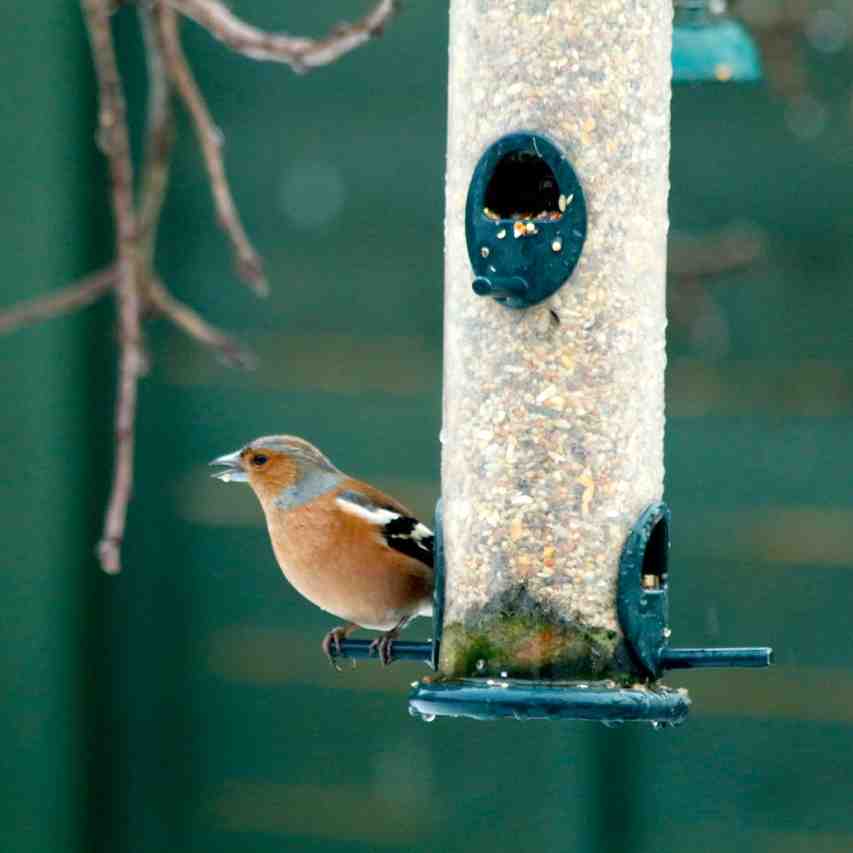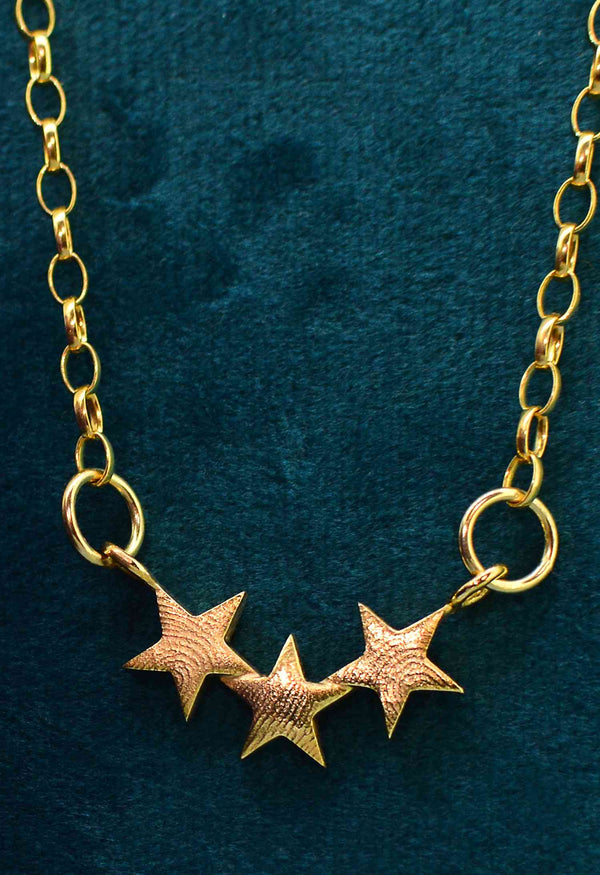Your Cart is Empty
With you for the Journey - Personalised jewellery to treasure forever
Fully Booked and Closed for Christmas 2023
Menu
-
- Dainty Fingerprints
- Small Fingerprints
- Petite Fingerprints
- Large Fingerprints
- Fingerprint Rings
- Engraved Fingerprints
- Other Jewellery and Gifts
- Dainty Fingerprint Necklaces
- Small Fingerprint Necklaces
- Petite Fingerprint Necklaces
- Large Fingerprint Necklaces
- Fingerprint Earrings
- Engraved Fingerprints and Thumbprints
- Special Commissions
- Fingerprint Charm Beads
- Fingerprint Cufflinks and Dog Tags
- Unique Personalised Gifts
- Chains and Bracelets
- Impression Kits
- Gift vouchers
-
- Ashes & Memorial Jewellery
- Design Service
- Diamonds & Gemstones
- Engraving
- Contact Us
- 01440 510 050
- Login

With you for the Journey - Personalised jewellery to treasure forever
Fully Booked and Closed for Christmas 2023

10 British birds you might spot in your garden
January 19, 2019 3 min read
Britain is known for its varied wild bird life, and many species regularly venture into gardens in rural and urban areas. Here are ten of the most popular wild birds you might be lucky enough to spot in your own garden, and how you can recognise them.
- Robin
Probably the best-known British bird, the robin is often associated with Christmas, but it can actually be seen in our gardens all year round. Instantly recognisable by its bright red breast, the robin has a white belly and pale brown forehead and back.
The robin is a highly territorial bird, but it is comfortable around humans. Its song can best be heard in the winter months, when it will sing throughout the night.
- Woodpigeon
The woodpigeon is the largest and most common of all British pigeons. With a plump body and small head, the woodpigeon is predominantly grey, but features white, green and purple patches on its neck.
The woodpigeon is a clumsy flier, and you can frequently hear its wings clapping together. It is also known for its cooing song, which can be heard at its best throughout the spring and summer.
- Blackbird
The blackbird is a regular visitor to our gardens all year round, and is known for its rich, tuneful song, which is heard at its loudest between February and July.
Only the male features the distinctive black plumage and yellow rings round the eyes which we associate with the blackbird. The female is dark brown in colour, with a speckled belly and a yellow beak.
- Blue Tit
The blue tit’s bright plumage can be spotted in British gardens all year round. This small, friendly bird is known for its bright blue wings, back and tail, while its breast is yellow.
Native to all areas of the UK, blue tits are highly agile, and regularly perform acrobatics such as hanging upside down.
- Starling
The starling’s friendly nature makes it at home in our gardens, and it can regularly be heard mimicking the sounds of human technology such as car alarms and mobile phones.
Its appearance changes throughout the year. In the winter, it is a dark grey-brown with white speckles, while in summer its plumage takes on iridescent hues of purple and green. Males and females can be told apart by the colour at the base of their beaks: pink for girls and blue for boys.
- Song thrush
The song thrush is known for its bright, musical voice, and its song is a favourite in British gardens. A little smaller than a blackbird, the song thrush has a mid-brown back and head, and a pale breast and belly which feature dark speckles.
Although numbers of song thrushes have declined in recent years, they are still resident throughout the year in most areas of the UK.
- Greenfinch
Small and colourful, the greenfinch can be seen all year round in rural areas of Britain. It is known for its unusual song, which has a “wheezing” sound.
Male and female greenfinches have distinct appearances. The male has a green and grey body with bright yellow patches on his wings and tail. The female at first appears grey-brown, but the yellow undersides of her wings can clearly be seen when she takes flight.
- House sparrow
Once a common sight in British gardens, house sparrows have declined sharply in number over the past 30 years. These small, communal birds are now seen more often in the countryside.
The male house sparrow has a rich brown back with black streaks, and a thick black eye stripe. Females are grey-brown with darker brown streaks on their backs, and cream-coloured stripes behind their eyes.
- Jay
The most colourful member of the crow family, the jay can be recognised by its rich pink-tinged brown plumage, and dramatic blue flashes on its wings. The top of its head is speckled black and white, and it has a white throat and black tail.
Native to most areas of Britain, jays are highly sociable, and often imitate the sounds of other birds.
- Wren
One of the smaller British wild birds, wrens often venture into our gardens for brief periods of time, with fast, darting movements.
Male and female wrens have extremely similar looks, with pale grey-brown breasts and bellies, and deep brown crowns and backs. They have distinctive pale stripes above their eyes. Female wrens tend to be a little smaller than the males.
Leave a comment
Comments will be approved before showing up.
Subscribe
Sign up to get the latest on sales, new releases and more …

Join the Club
WE'RE SO PLEASED TO SEE YOU!
Stay a while and look around.
While you're here, why not subscribe to our newsletter?We'll give you £20 off your first order, VIP access to new products, and access to our very special sample sales.We promise not to annoy you (honest).